Low-power LoRaWAN-enabled asset location tracker
Designed by Tlera Corp in United States of America
Buy with confidence.
Our Tindie Guarantee protects your purchase from fraud. Learn More
New Crickets are here! Now supporting LoRa radio, FSK radio, and LoRaWAN! What is it? This is a small (23 mm x 46 mm), light (6.0 g) pcb with a Murata CMWX1ZZABZ-078 (STM32L082 + SX1276) LoRaWAN-enab…
Read More…New Crickets are here!
Now supporting LoRa radio, FSK radio, and LoRaWAN!
This is a small (23 mm x 46 mm), light (6.0 g) pcb with a Murata CMWX1ZZABZ-078 (STM32L082 + SX1276) LoRaWAN-enabled host MCU coupled with a U-BLOX CAM M8Q concurrent GNSS module. There is a BMA280 accelerometer for wake/sleep motion detection and a BME280 pressure/temperature/humidity sensor to monitor environmental conditions. There is an 8 MByte MX25R6435FZAI SPI NOR flash memory for data logging.
The Cortex M0+ processor runs at 4, 16, or 32 MHz with 192 kB of flash memory and 20 kB of SRAM. The system core and Arduino wrapper are written from scratch to be complete, robust, and power and memory efficient. The GNSS and LoRaWAN APIs makes using the LoRa radio modem and CAM M8Q GNSS engine simple and easy.
Each Cricket Asset Tracker has a unique 64-bit (8 hex bytes) device EUI (Extended Unique Identifier) readable via a simple query in any Arduino sketch which identifies the peripheral node to the LoRaWAN gateway or any other LoRa device or LoRa network. This allows multiple Cricket Asset Trackers to be present on a network with no ambiguity.
The MCU has all of the usual serial peripherals you would expect from any Arduino-compatible development board including SPI, I2C, UART as well as analog (ADC/DAC/PWM) IO. Also, 12 GPIOs are available at the edge of the board so that additional sensors can be connected to and managed by the host MCU for custom applications. This flexibility makes the Cricket Asset Tracker a perfect platform for IoT prototyping.
The pin out is similar to the Grasshopper development board:
The Cricket Asset Tracker is programmable using the Arduino IDE via the USB connector and serial data output is available through the USB connector for display on the serial monitor of your pc or laptop. The board can also be programmed using ST-Link and traditional toolchains via the SWD port exposed on the board edge (D8 and D9).
The Cricket asset tracker is designed to be powered by a 1S 3.7 V LiPo battery and there is an STBC08 battery charger on the board. The battery can be charged through the Micro B USB connector (500 mA fixed charge current at 4.2 V, yellow led means power good, red led means charging). Non-rechargeable battery types can also be used to power the board such as two or three AA alkaline batteries, a single 3.6 V AA or 1/2 AA LiSOCl2 battery, etc. There is a 270K/1000K voltage divider connected to the battery anode (marked with a "+" near the USB connector) so battery voltage (max. 4.2 V) can be monitored by the ADC on GPIO A1.
The Cricket Asset Tracker has a uFl connector for the LoRa antenna. I use these, but any suitable LoRa antenna designed for the appropriate frequency (~915 MHz in the US) will do. The CMWX1ZZABZ-078 supports the following LoRaWAN bands:
The LoRaWAN protocol requires a LoRaWAN-compatible gateway to receive and forward the data to the internet. I have used both Multitech MTCAP and TheThingsNetwork gateways with success. An API to support simple point-to-point LoRa Rx/Tx between Cricket Asset Trackers, LoRaSensorTiles, or between a Cricket and a Grasshopper development board is also available.
There is a blue led for indication on GPIO D10, active LOW.
The U-BLOX CAM M8Q allows concurrent reception of up to 3 GNSS (GPS, Galileo, GLONASS, BeiDou) services, has an embedded, omni-directional and wideband antenna, and -167 dBm navigation sensitivity when tracking with GPS and GLONASS.
The embedded chip antenna provides the lowest-power GNSS solution with adequate performance in open skies applications. We have added provisions for an external active GNSS antenna (via the uFl connector) using the PE4259 RF switch for more challenging environments like urban canyons, inside buildings, in moving vehicles, etc. An external active patch antenna requires an additional ~10 mA during GNSS acquisition and tracking but offers shorter fix times and more accuracy. The use case will determine which antenna should be used.
The CAM M8Q has a one pulse-per-second (pps) output connected to a green led and connected to the STM32L082 (GPIO D4) for syncing the STM32L082 RTC time with the GNSS time. The pps output can also be used as a CAM M8Q data ready interrupt attached to the STM32L082.
Everything about the Cricket asset tracker has been designed to minimize power usage. The CAM M8Q has a dedicated 3.0 V low-noise LDO whose enable is connected to a STM32L0 GPIO (D5) so that power to the CAM M8Q and active antenna, if any, can be cut to zero when the CAM M8Q is not actively tracking. The 3.3 V board voltage provides the RTC back up voltage (at a cost of ~10 uA) for the CAM M8Q when the main power is off. The typical sleep current of the Cricket asset tracker is ~14 uA. Running the CAM M8Q at a duty cycle of one GNSS location fix every two hours (the satellite ephemeris goes stale after four hours) while reading/logging sensor data every minute and sending LoRaWAN updates of last position and sensor data every ten minutes costs on average ~300 uA. In this mode, the Cricket Asset Tracker would last one year using a 3.6 V, 2600 mAH LiSO2Cl AA-sized battery.
We have programmed the BMA280 to send the L082 a sleep interrupt when no motion is detected and a wake interrupt when significant motion is detected in order to allow location fixes and LoRaWAN Tx at a higher duty cycle (say, once per minute) when the device is in motion. The idea is that the asset being tracked will spend most of the time in a stationary position, such that only infrequent updates of its position are required. But when the device changes location, we want the asset tracker to follow the trajectory of the move and report the motion and the asset's new position in a timely manner. Optimizing the long- and short duty cycles will depend on your specific use case but there is enough flexibility in the BMA280's sophisticated interrupt engine to match any requirement and allow users to balance low-power usage with timely location change tracking.
The accelerometer and pressure sensors embedded in the Cricket Asset Tracker can be used to corroborate location changes signaled by GNSS. The acceleration is an obvious way to do this, but the BME280 sensor allows fairly accurate relative altitude discrimination (good to ~10 cm) so that relative changes in pressure (altitude) can confirm if the asset has moved in height as well as horizontal position.
In addition to location, the sensors embedded in the Cricket Asset Tracker can tell if a piece of equipment is running or not (vibration via BMA280), if it is properly heating or cooling (BME280), etc. The 12 GPIOs exposed on the Cricket Asset Tracker board edge provide flexibility to add your own sensors that are specific to your particular applications. The Cricket Asset Tracker is an ideal platform for IoT applications development, especially those that require real-time GNSS location tracking!
Remote tracking of valuable objects is an interesting embedded design problem with low-power and long-range being the two highest hurdles. LoRaWAN makes low-power (~100 uA), long-range (>1 km) communications possible but GNSS modules are not usually associated with low-power usage. The trick is to design the board for maximal control over the GNSS power and in the Cricket Asset Tracker, we literally shut the power off when we have achieved an accurate enough fix until the next fix interval. Thus for many use cases, the Cricket Asset Tracker can last for a year or more on a single 3.6 V, 2600 mAH LiSOCl2 battery.
For use cases where only one fix per day is required, this time can be extended out to many years. This could be the case for monitoring high-value fixed assets, like an earth mover or machine tool at a construction site, for example. The expectation is that these move very little or not at all, but that when they are in motion, the owner needs to know about it and keep track of their location.
Other use cases of interest include tracking bicycles in an urban environment; it is unlikely the asset tracker would last a year with the frequent motion expected in this case, but it could last several months, allow logging of the sensor and location data and enable recovery if the bicycle were misplaced or stolen.
Animal tracking is an obvious use case. Keeping track of domesticated animals like free-range horses and cows, monitoring the whereabouts of pets or even studying the movement of wild animals like deer and wild pigs are all possible with such a device. The small size, light weight, and power efficiency of the Cricket asset tracker facilitate attachment to animals with very low impact and long intervals between recovery for battery charge/change.
The Cricket Asset Tracker is small and light, so will fit just about anywhere.
The Cricket Asset Tracker is power efficient, using ~300 uA and lasting a year on a 3.6 V, 2600 mAH LiSOCl2 AA-sized battery for many interesting use cases.
The Cricket Asset Tracker is easy to program using the Arduino IDE. Here is a repository of sketches with libraries for all of the sensors showing how to use the Cricket Asset Tracker as an asset location tracker, and an environmental data logger/remote sensing monitor.
The Cricket Asset Tracker is ready to use (you provide battery and antenna) as an asset location tracker, environmental data logger, and remote sensor but offers the flexibility to tailor the sensor suite to your particular use case and application requirements. This flexibility makes the Cricket Asset Tracker ideal as a prototyping platform for both home and industrial IoT products. The applications are only limited by your imagination!
No country selected, please select your country to see shipping options.
No rates are available for shipping to .
Enter your email address if you'd like to be notified when Cricket LoRa/LoRaWAN/GNSS Asset Tracker can be shipped to you:
Thanks! We'll let you know when the seller adds shipping rates for your country.
| Shipping Rate | Tracked | Ships From | First Item | Additional Items |
|---|---|---|---|---|
|
:
|
Product: (5.00)
Documentation: (4.00)
Shipping: (5.00)
Communication: (5.00)
Stig | Oct. 26, 2018
Auke | Aug. 17, 2018
Buy with confidence.
Our Tindie Guarantee protects your purchase from fraud. Learn More
Pahrump, NV, United States of America
Ships from United States of America.
38 Reviews | 1,288 Orders

$39.95
Free Shipping!
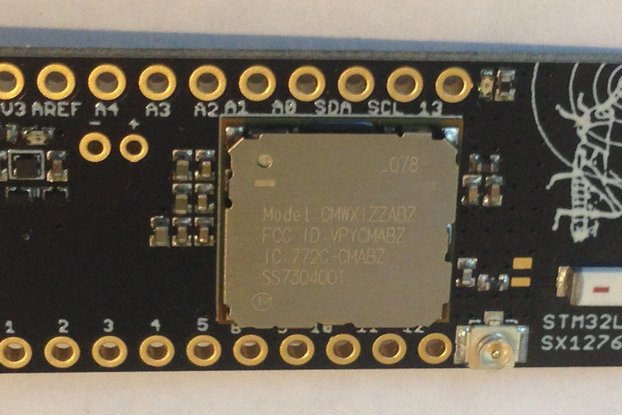
$39.95
Free Shipping!
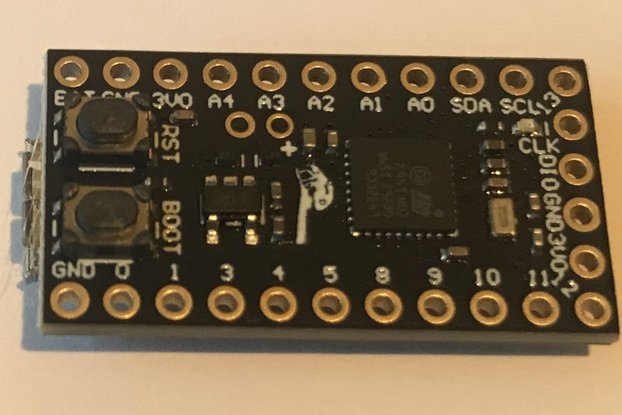
$17.95
Free Shipping!
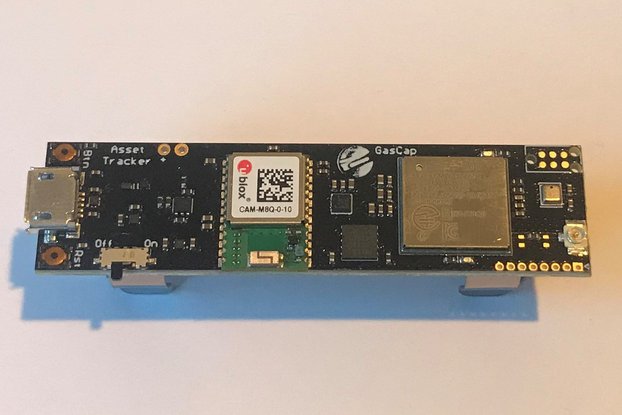
$79.95
Free Shipping!
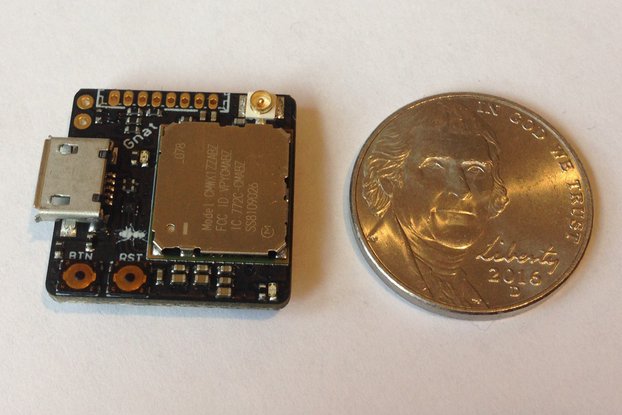
$79.95
Free Shipping!
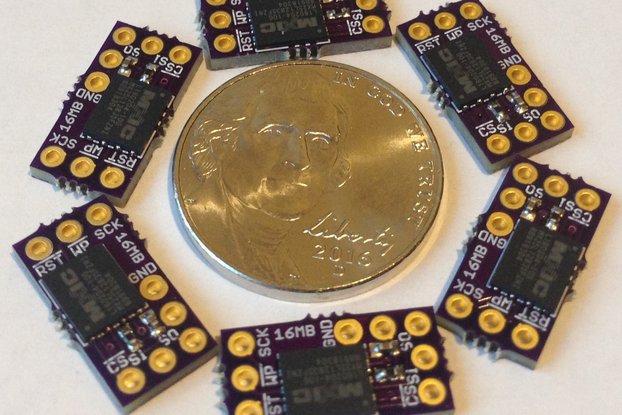
$11.95
Free Shipping!
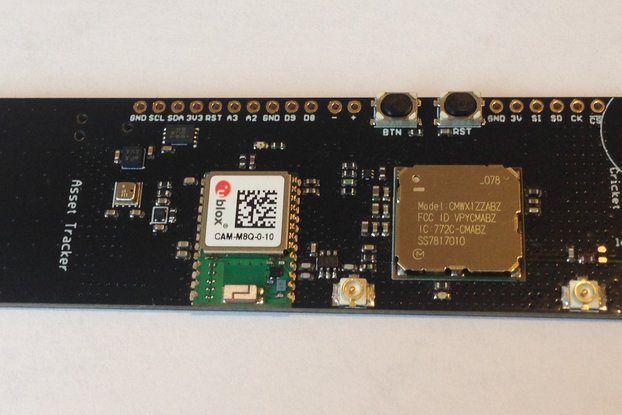
$79.95
Free Shipping!
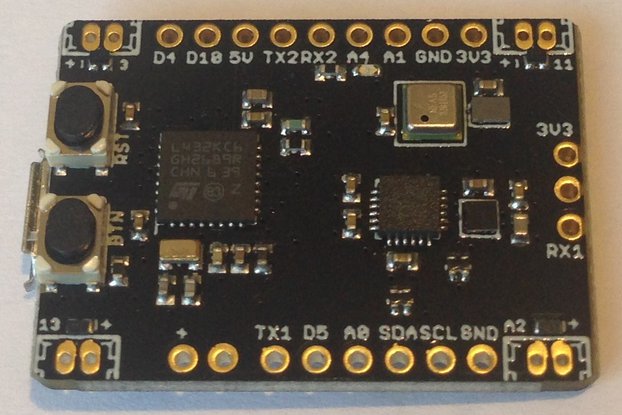
$49.95
Free Shipping!
By clicking Register, you confirm that you accept our Terms & Conditions
We recognize our top users by making them a Tindarian. Tindarians have access to secret & unreleased features.
We look for the most active & best members of the Tindie community, and invite them to join. There isn't a selection process or form to fill out. The only way to become a Tindarian is by being a nice & active member of the Tindie community!
